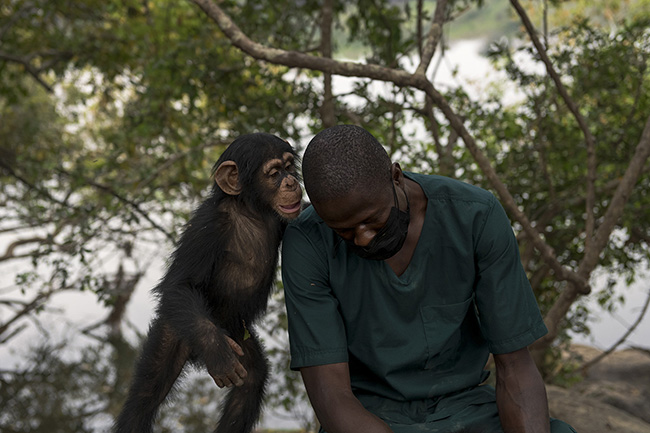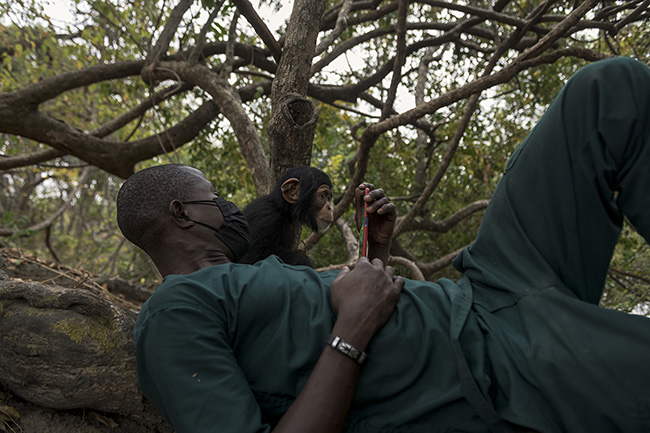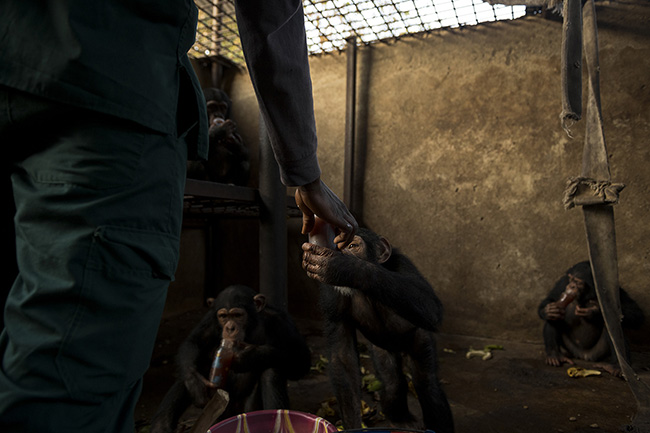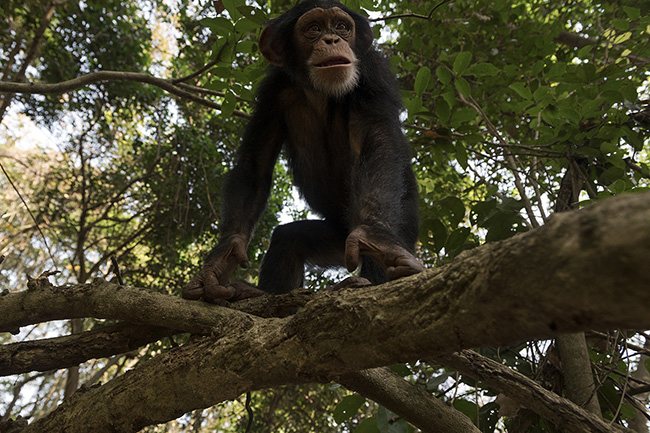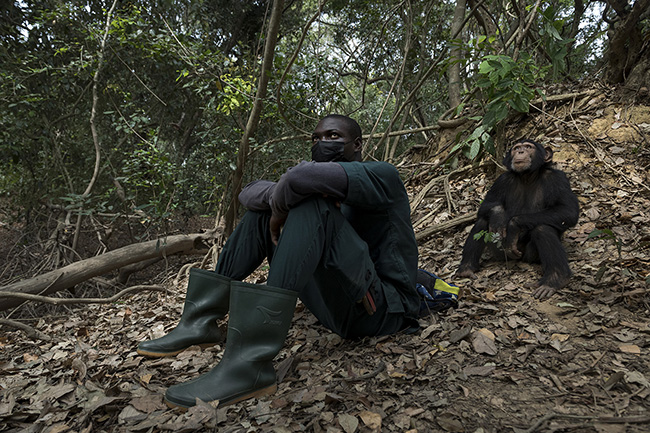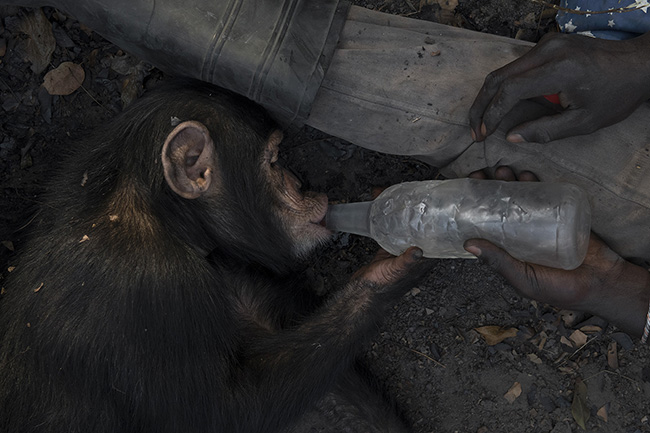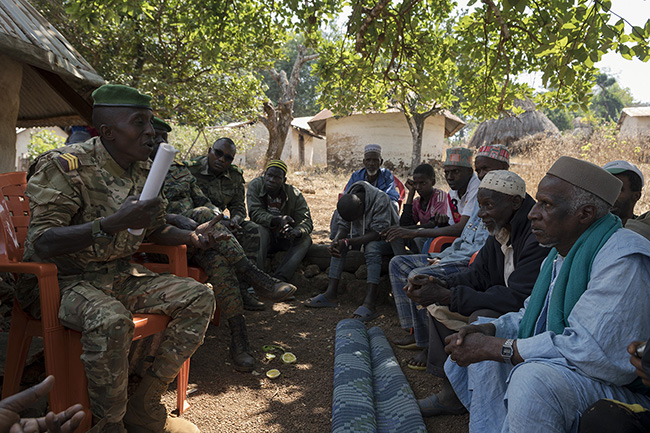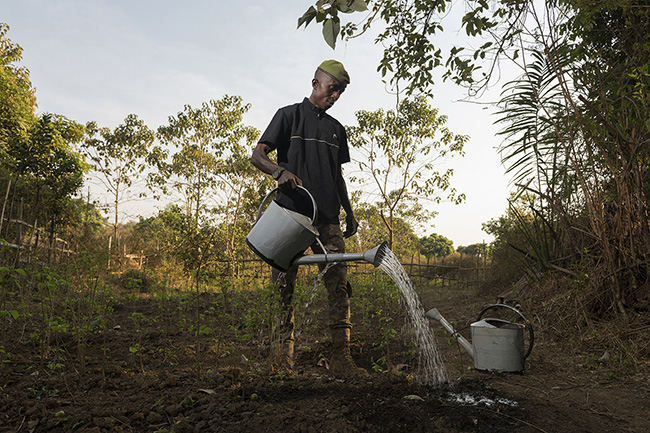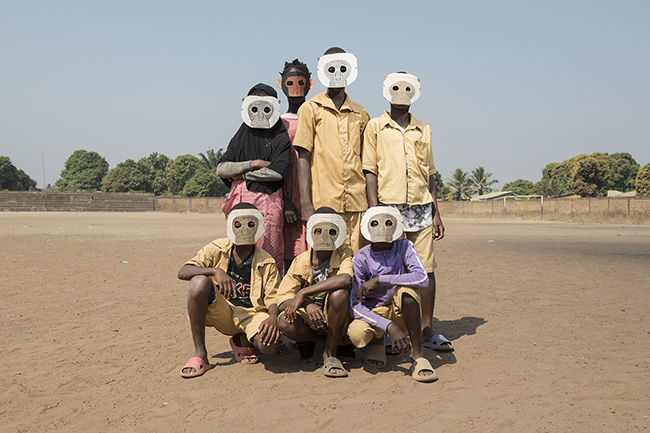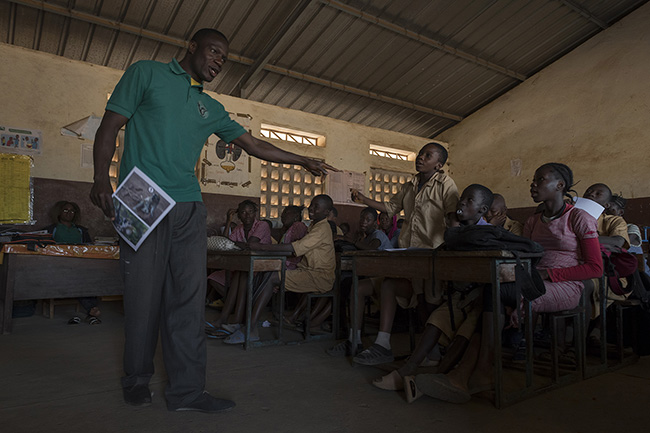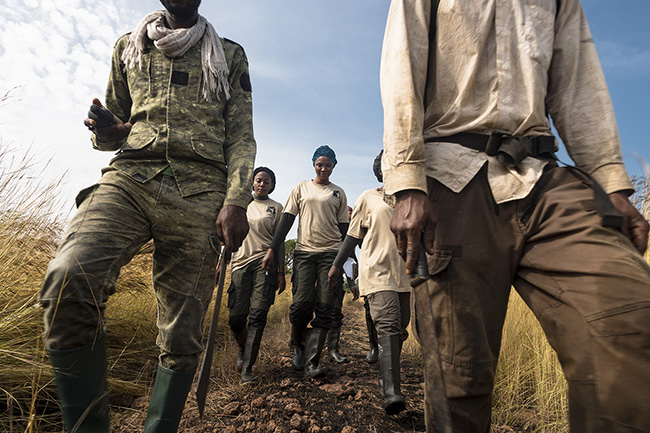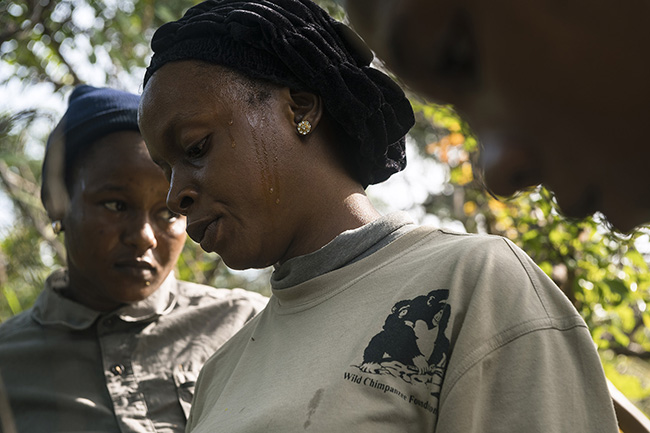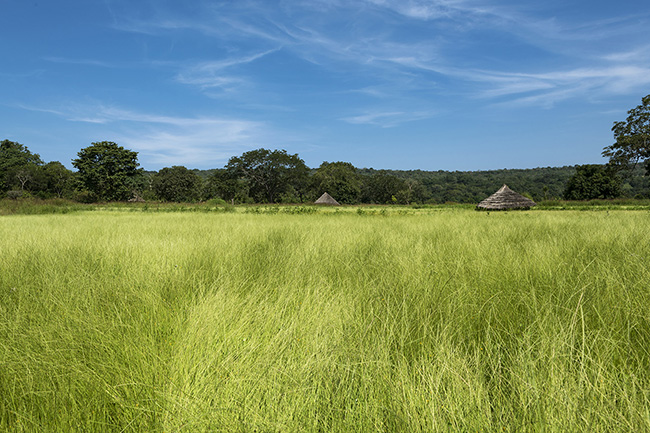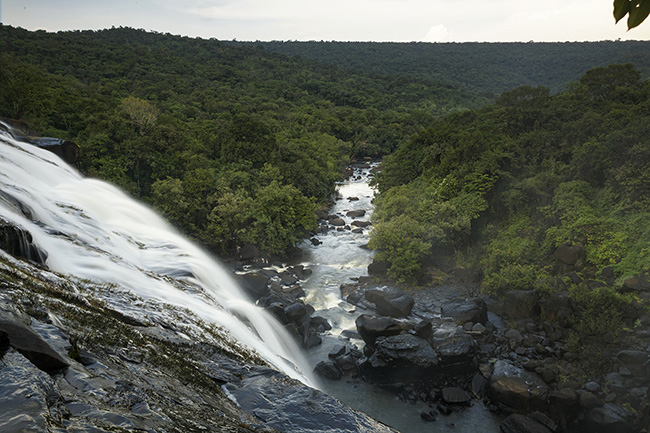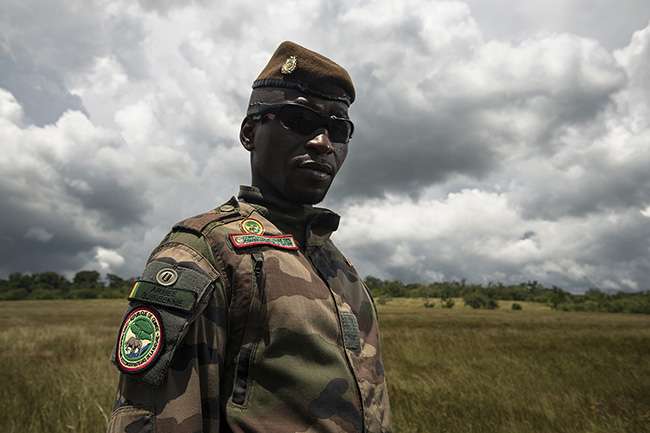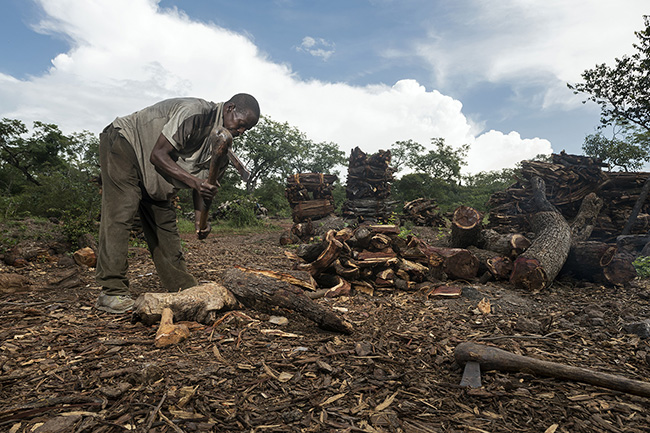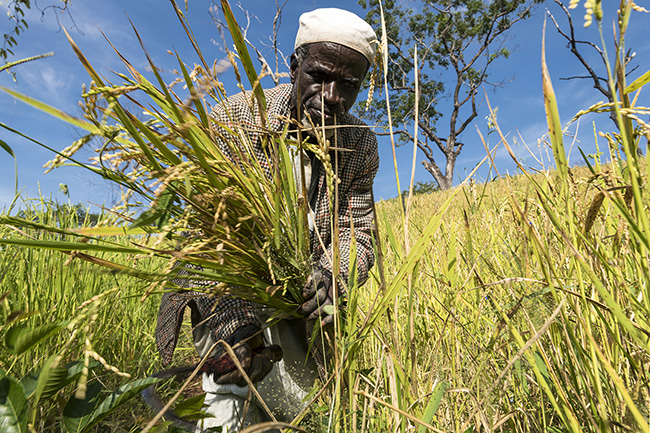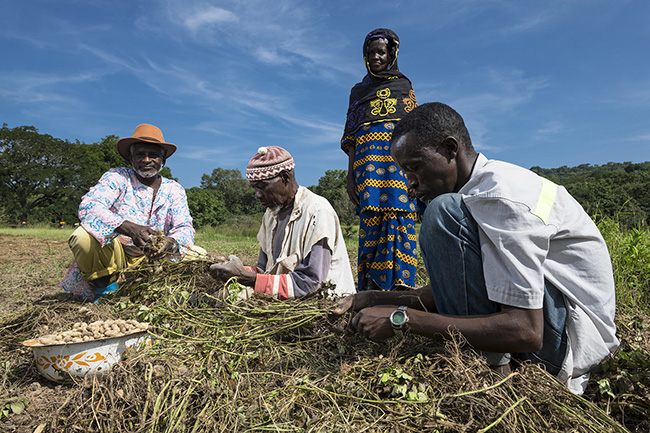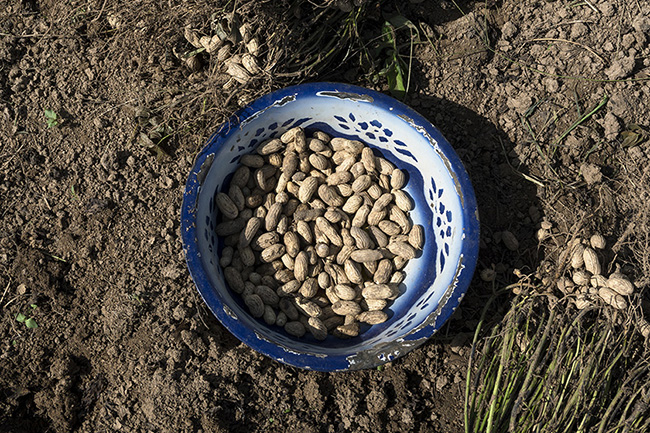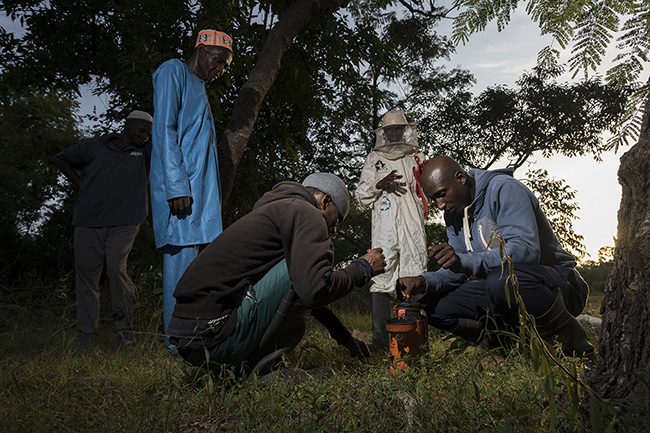Guinea
The West African chimpanzee: a hope of survival?
The West African chimpanzee: a hope of survival?
Where: Guinea
When: 2023
The West African chimpanzee, Pan troglodytes verus, is one of the four recognized subspecies of chimpanzees, Pan troglodytes, and is the most threatened among them. That's why in 2016, the International Union for Conservation of Nature (IUCN) reclassified the conservation status of the West African chimpanzee from "endangered" to "critically endangered," reflecting the alarming situation of this subspecies.
According to estimates, the population has declined by 80% over the past two decades and now consists of approximately 50,000 individuals in the wild, distributed across 8 countries, with around 30,000 in Guinea, accounting for over 60% of the remaining population. However, the West African chimpanzee has already disappeared in Benin, Burkina Faso, and Togo.
There are numerous threats to the West African chimpanzees: agriculture, mining, logging, diseases, hunting, and poaching. But the greatest threat lies in the loss of their habitat due to the growth of the human population and its encroachment on new territories and resources. Today, nearly half of the Western chimpanzees live within 5 km of a human settlement or a road.
Fortunately, efforts are underway throughout West Africa to protect this endangered species. For example, in Guinea, the recently established Moyen-Bafing National Park and the Chimpanzee Conservation Center (CCC) provide reasons for hope.
Full story, both in French and English, available on request.





